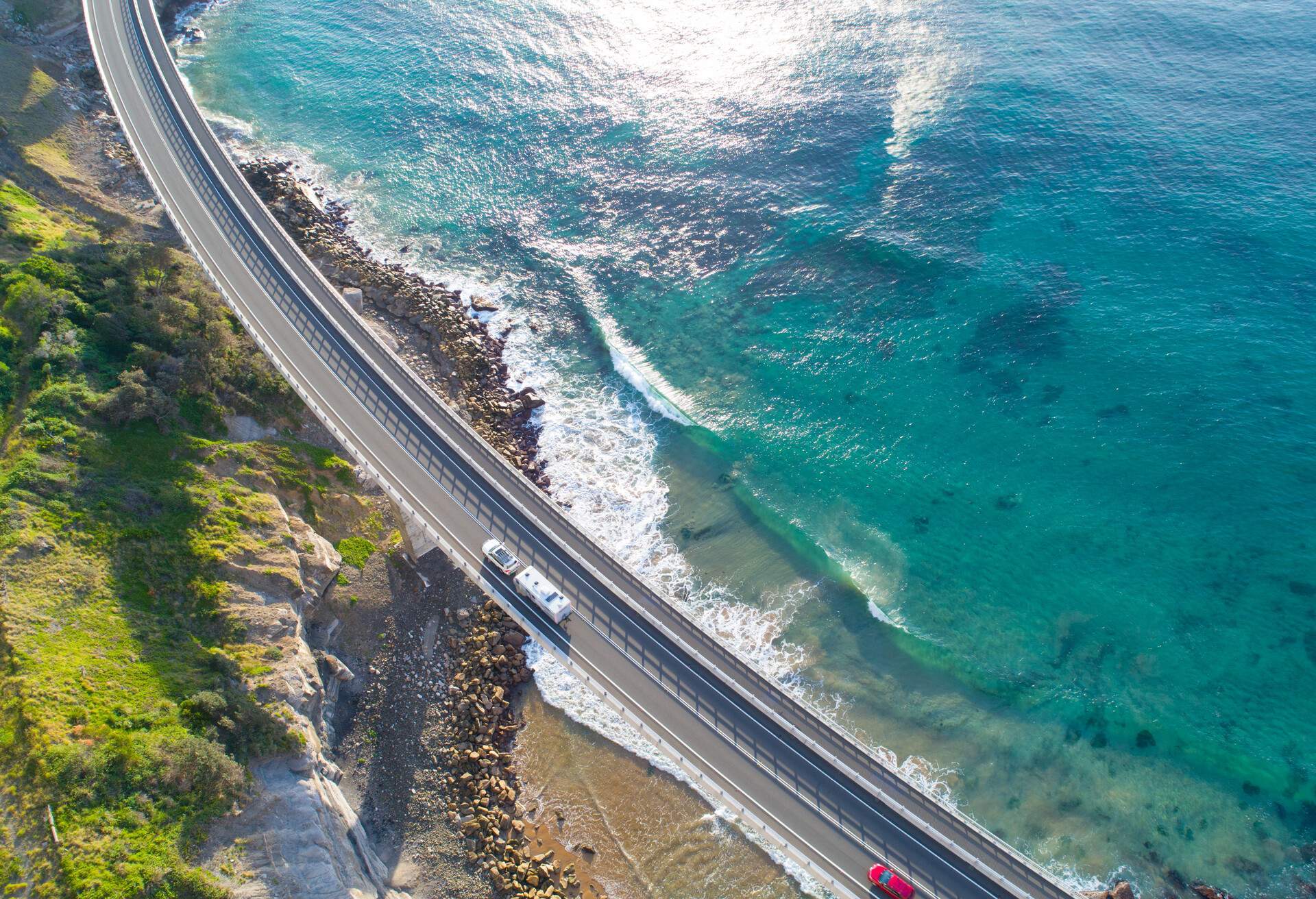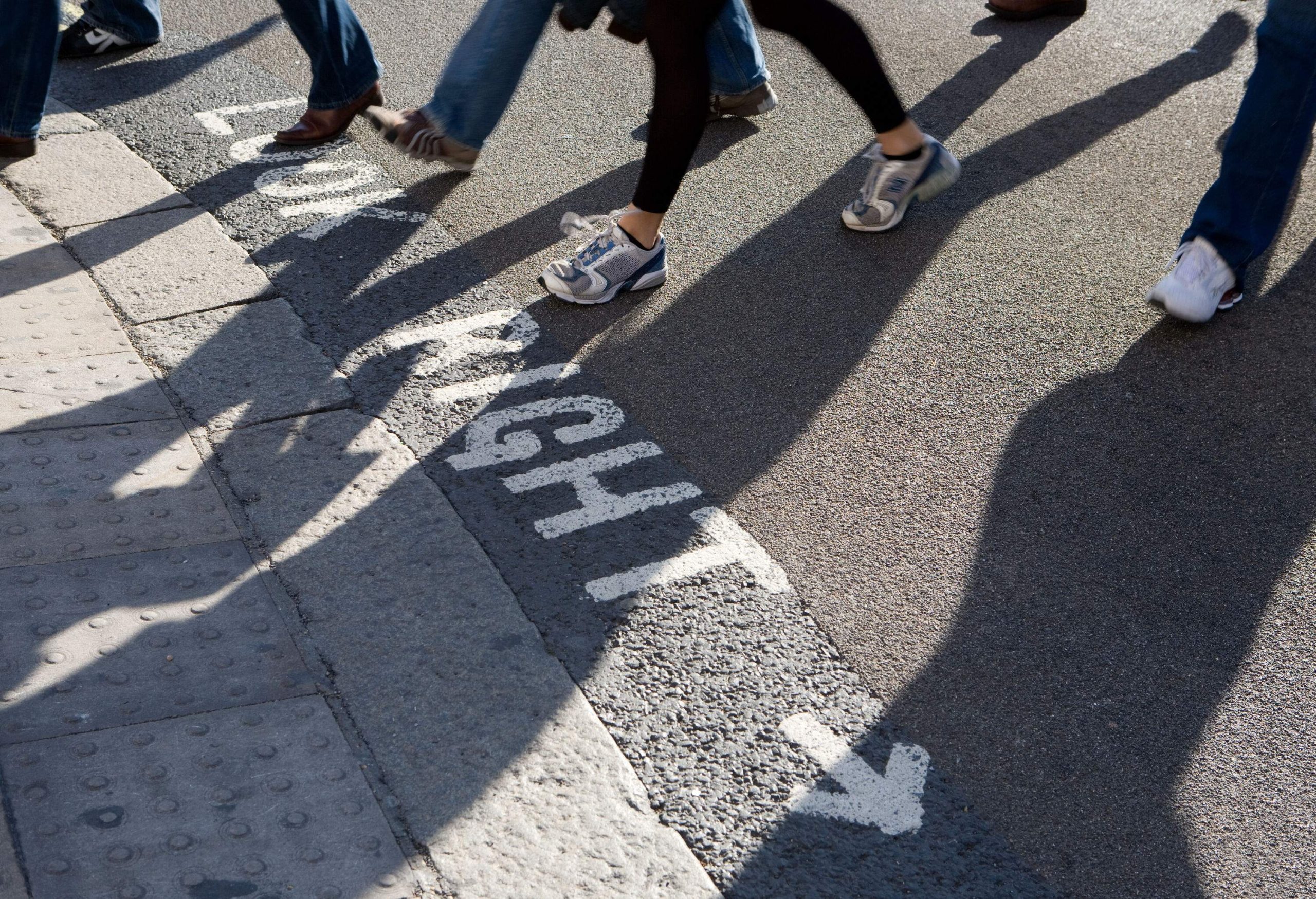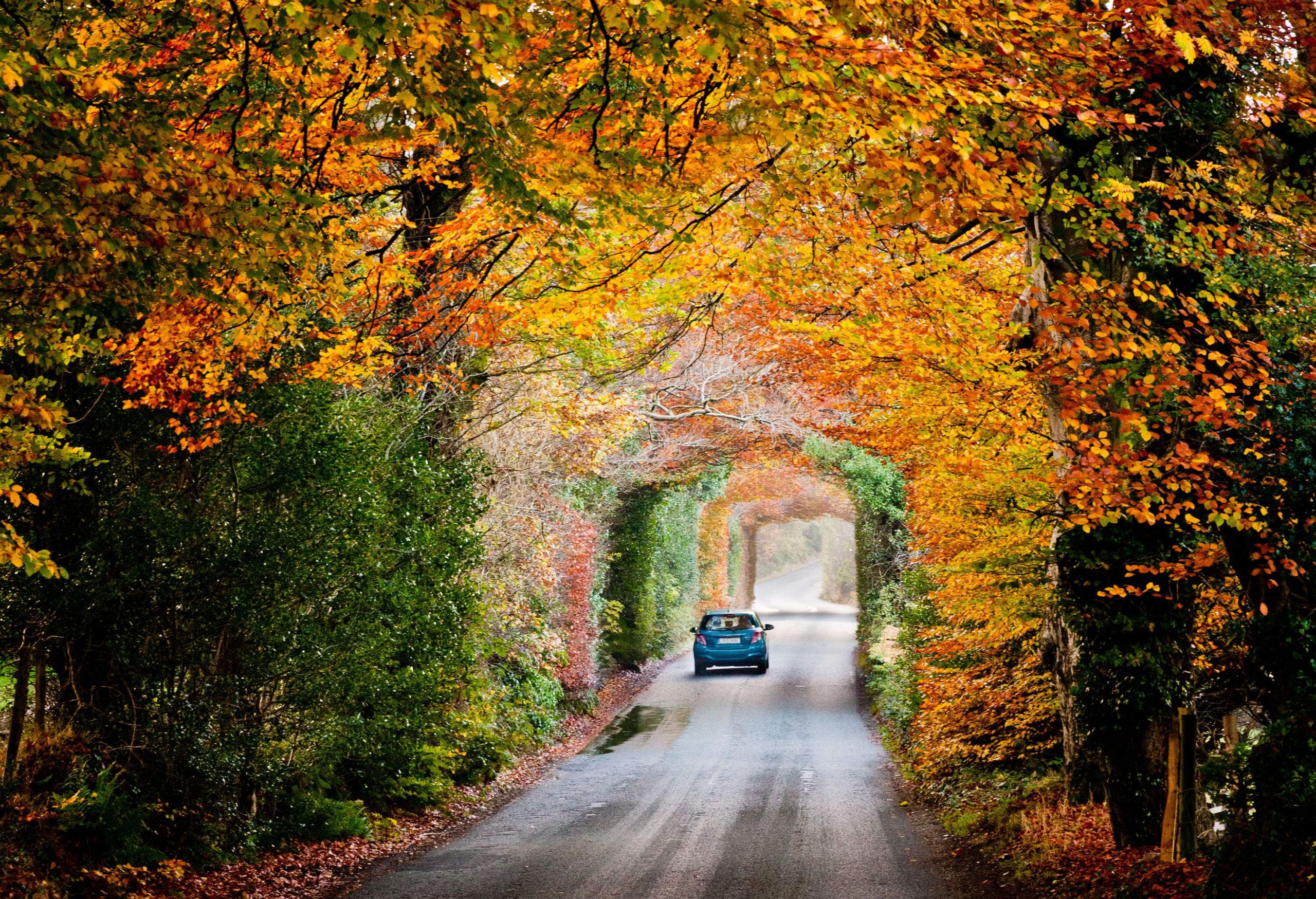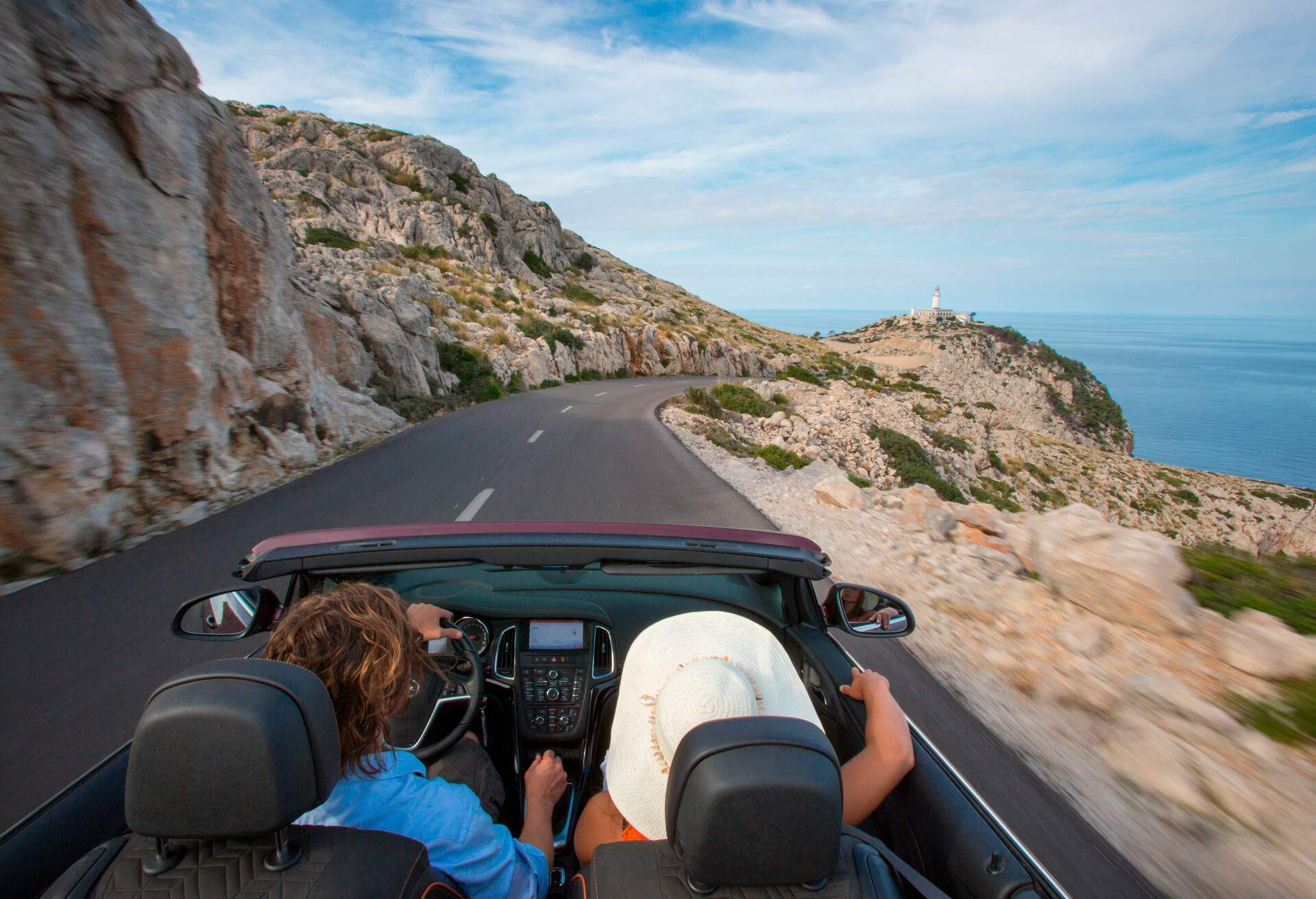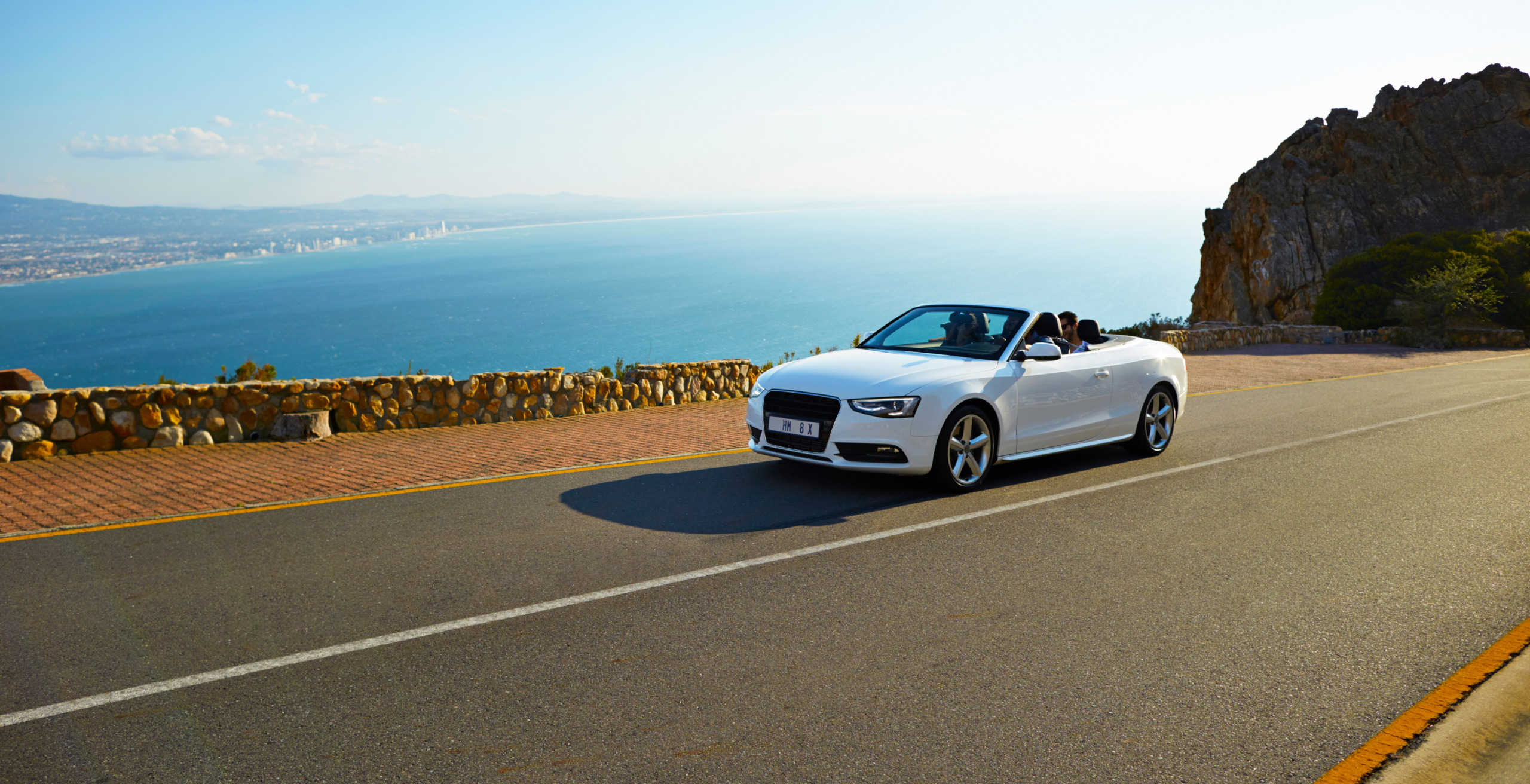Renting a car on vacation usually leads to wonderful discoveries and is often a highlight of any trip. However, there are some concerns when driving abroad. According to surveys, many US drivers worry when visiting countries that drive on the left.
Which countries have left-hand traffic and what do you need to think about behind the wheel in these destinations? Read my guide with many useful tips when you visit countries that drive on the left.
General facts about countries that drive on the left
Throughout history, places where many people and vehicles converge have required rules and regulations for obvious practical reasons. If enough vehicles (or horse-drawn carriages back in the day) meet and go in different directions without those rules, traffic jams or worse can occur and in the end, no one can move.
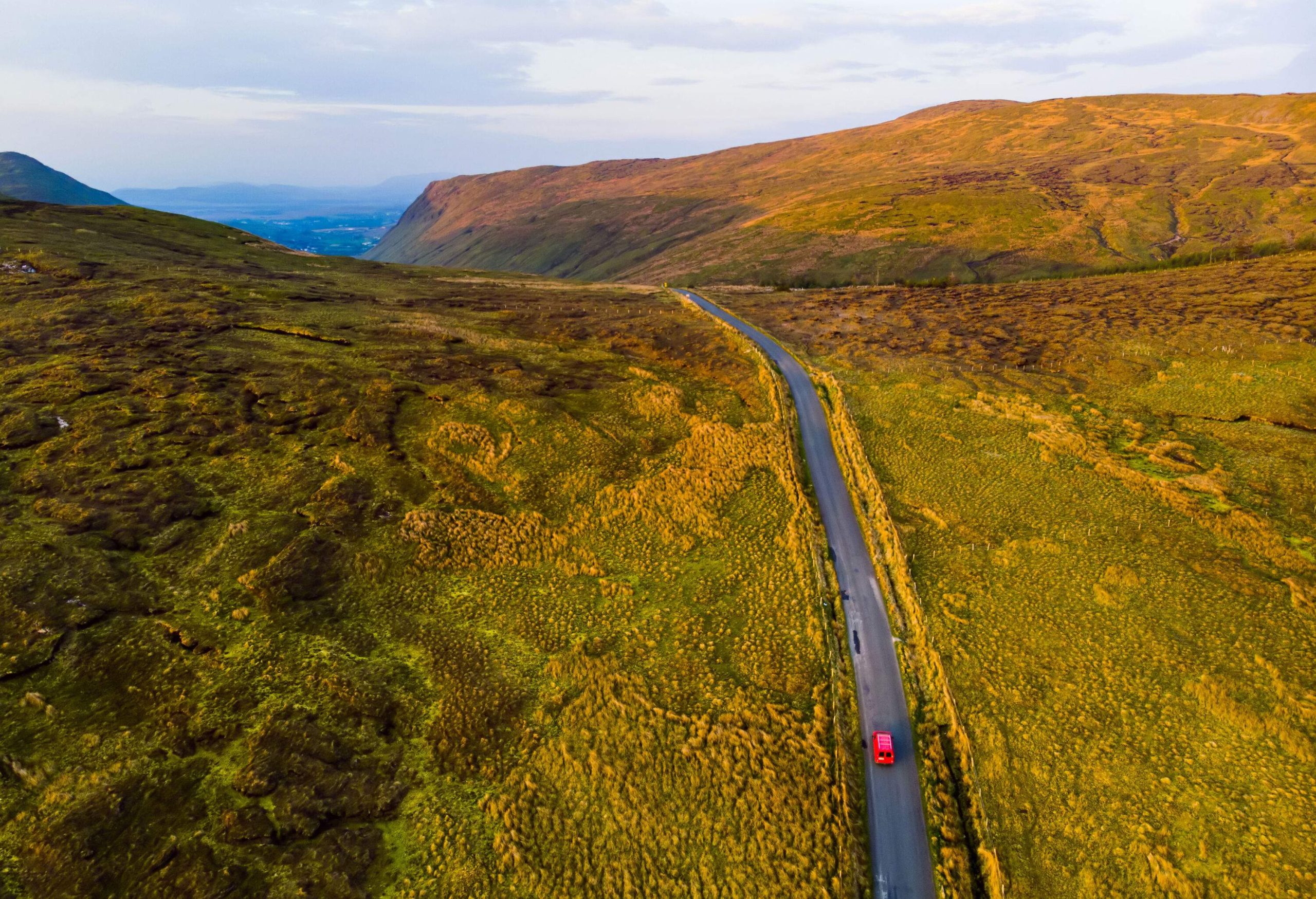
Left-hand traffic is a fascinating aspect of global traffic systems (at least for those coming from a country with right-hand traffic like the US). In countries with left-hand traffic, driving takes place on the left while the driver sits on the right side of the car. This can be confusing for travelers from countries with right-hand traffic. It is important to remember that this traffic rule affects not only car drivers but also pedestrians and cyclists.
In addition, the vehicles in these countries are designed with left-hand traffic in mind, further adding to the complexity for visitors from countries that drive on the right side.
The concept is easy enough, right? Unfortunately, driving on the left is just a bit tricky to navigate if you previously only drove in countries with right-hand traffic!
Why do some countries drive on the left?
There is much to be said for the nice, polite, and often funny English people. And while they do drive in miles per hour (though they adhere to the metric system for almost everything else) they were the ones who started the business of left-hand driving.
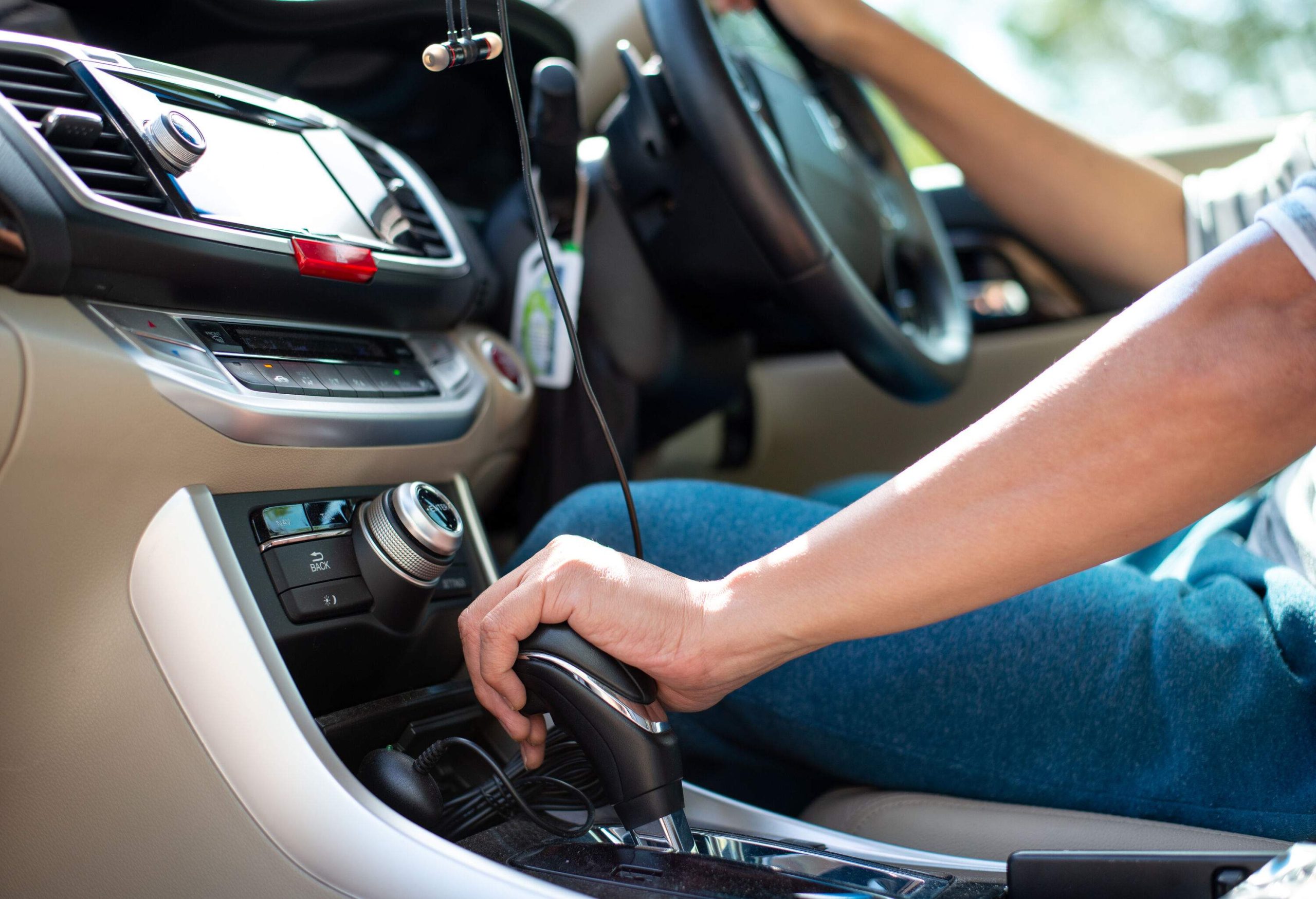
When you look at a world map to see the countries that drive on the left, it coincides almost exactly with the former British Commonwealth. In other words, all the countries that were British colonies at the beginning of the 20th century. That said, left-hand traffic exists in a few additional exceptions, such as in Japan.
To understand why Great Britain didn’t even think about doing it like the rest of the world and introduce right-hand traffic, one has to understand what a strong and dominating world power the British Empire was. It used to be said that the sun never set on England during Queen Victoria's reign and that was somewhat true. The British Empire was for a time synonymous with the whole world, or at least with a very large part of the world. So when many countries began switching to right-hand traffic just a few decades after this pinnacle of empire-building, the British couldn’t find a reason to do the same. What one did on the periphery of the world, as the other countries were seen by Great Britain, was considered pretty unimportant.
Therefore, left-hand traffic is still prevalent today in those countries that at the beginning of the 20th century belonged to or were closely connected with Great Britain.
The countries that transitioned from left to right traffic
Almost for the entire 20th century, there has been a slow transition from left-hand traffic to right-hand traffic in Europe. Portugal switched in 1928 and many other countries followed suit. Countries such as Austria and Hungary introduced right-hand traffic when they were occupied by Nazi Germany just before and during World War II.
Iceland switched to right-hand traffic in 1968. Sweden first started with right-hand traffic in 1718, changed to left-hand traffic for over two centuries afterward, and went back to right-hand traffic in 1967.
In the US it was the state of New York that officially introduced right-hand traffic in 1804. Over the next decades, the other states followed. Interestingly enough the first cars came with a driver’s seat on the right, copying where most carriage or wagon drivers would sit. It was only in 1908 that Ford introduced the first model with a left-side driver’s seat.
Which countries drive on the left today?
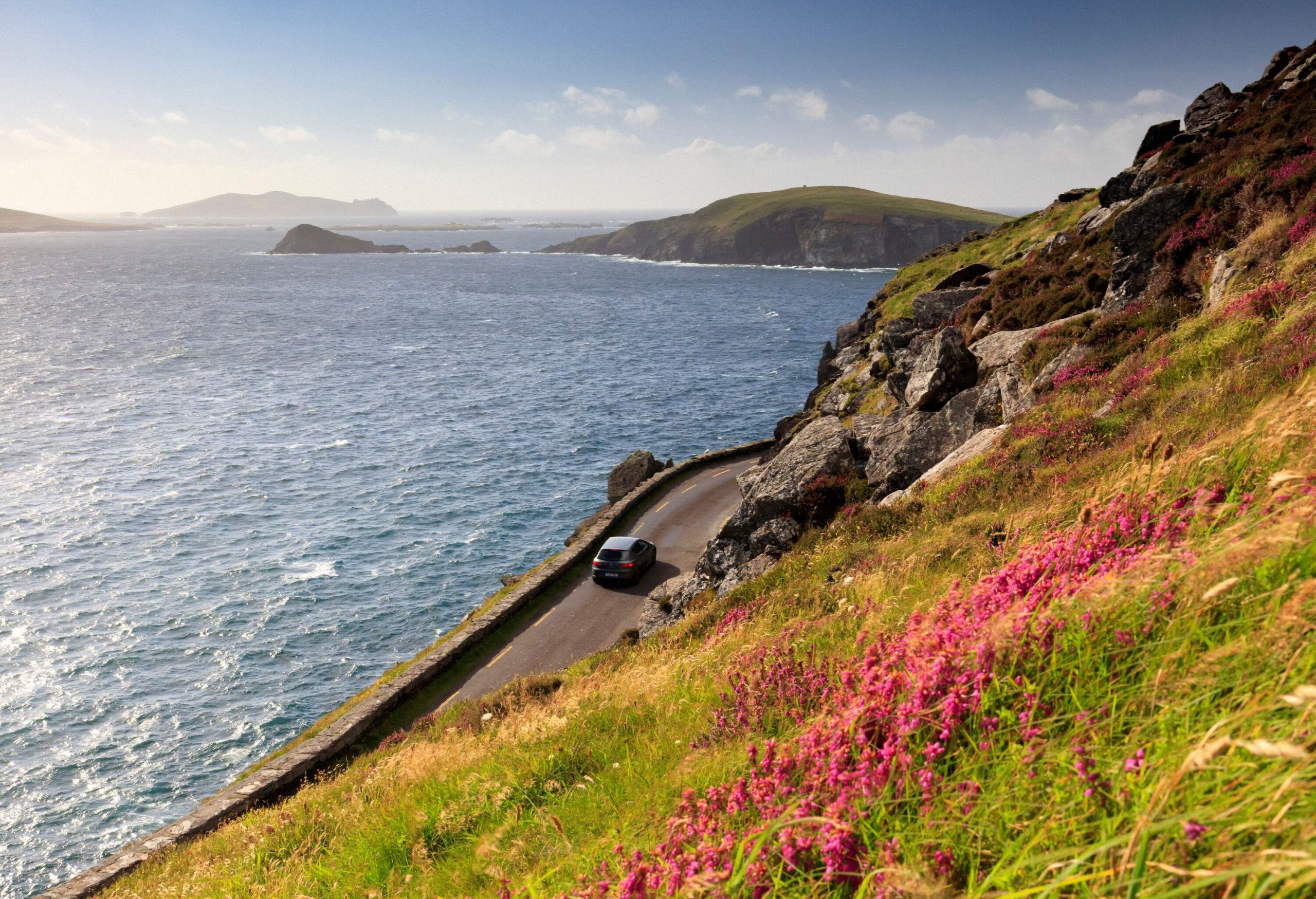
As we have seen, left-hand traffic today generally still relates to Great Britain and its former colonies. Only four countries in Europe have left-hand traffic these days. These are Great Britain, Ireland, Malta, and Cyprus. All of those countries lack fixed road connections with right-hand traffic countries. The car tunnel under the English Channel is one of the few exceptions.
For practical reasons, you drive on the right in the small British Overseas Territory of Gibraltar. This is because the only land connection is to Spain, where you drive on the right.
Outside Europe, left-hand traffic occurs more often. In Asia, the following regions and countries drive on the left: Bhutan, Brunei, Hong Kong, India, Indonesia, Japan, Macao, Malaysia, Maldives, Nepal, Pakistan, Singapore, Sri Lanka, Thailand, Bangladesh, and East Timor. Japan drives on the left because British engineers designed the country's first railway and introduced left-hand traffic.
In Africa, you have left-hand traffic in Botswana, Lesotho, Malawi, Mauritius, Mozambique, Namibia, St. Helena, Seychelles, Swaziland, South Africa, Tanzania, Uganda, Zambia, Kenya, and Zimbabwe.
Australia, New Zealand, and some island nations in the Pacific also drive on the left side.
In the Caribbean, Jamaica, Trinidad-Tobago, Grenada, Cayman Islands, Bahamas, Barbados, Dominica, Saint Kitts & Nevis, and Saint Vincent & the Grenadines have left-hand traffic, as do Suriname and the Falkland Islands in South America.
Is it difficult to drive in a country with left-hand traffic?
The power of habit is great. When you drive a car, you use mostly trained movements that are done semi-unconsciously. To drive as well as you would at home in right-hand traffic, you need to practice quite a bit, not unlike what you once did when you got your license.
However, I don’t want to exaggerate the scale of the challenge either. Most people I ask say the same thing: the period of getting used to left-hand traffic is quite short. Most things will come naturally after a while. In the beginning, you may look extra hard at how the car in front behaves and you study all the signs attentively, but then your instincts kick in and you can once again rely on practiced skills.
Remember that you will not be alone with the unfamiliar feeling of driving on the left. A high percentage of all tourists that drive in a country with left-hand traffic are more used to driving on the right. Many countries with left-hand traffic are well aware of this and adapt conditions accordingly.
For example, when you book a car rental in Ireland, the vehicle may be equipped with handy stickers on the window that remind you which side to drive on. At many Irish intersections, there are arrows next to the road indicating which lane applies and generally, there is a good system of signs to help the inexperienced left-hand driver.
There are countries with left-hand traffic though where I would absolutely advise against renting a car and driving yourself. One such country is India. However, this has nothing to do with left-hand traffic per se, but much more with the chaotic Indian traffic situation in general. Especially in the big cities, many Indian drivers seem to decide for themselves whether to drive on the left or right side of the road.
Challenges for travelers in countries that drive on the left
Of course, you should pause and think before getting into a car in a country that has left-hand traffic. Especially when you drive your first few miles on the left side of the road. The first feeling is usually: “Oh no, this is wrong! I am going to crash". It takes a while to get used to the fact that the lane on the right, the one that still feels like the "right" one, is either the passing lane or the oncoming lane. This will depend on whether you're on a highway, a country road or in the city.
The car needs to be on the left side of the road, something your brain initially resists.
Sooner or later you will have to go through a traffic circle or take an exit. Unlike right-hand traffic, you go around a traffic circle clockwise and the exits will be on the left instead of the right.
Tips when driving in left-hand traffic

Sure, initially it can be scary to drive on the left. Therefore it is good to remember that getting used to it usually only takes a couple of hours. Then it will feel quite normal and most of the new movements and driving routines will come automatically.
Make a mental map before you get in the car. Think about how you drive at intersections and traffic circles and how you change gears. You can try to actually draw a couple of traffic situations on a piece of paper, for example how a traffic circle works in left-hand traffic. It helps the brain prepare for unfamiliar situations.
A really easy way to start is getting into the correct side of the car. The driver's seat is on the right side of the vehicle, where the passenger would sit when driving in the US.
Then go through the car's various levers. The throttle and clutch are in the same place as they are in a right-hand drive car. But the indicators and windshield wipers may work the other way around (though this also depends on the make of the car) and you shift with your left hand instead of your right. It usually takes a while to get used to that movement.
Of course, it is easiest if you get a rental car with automatic transmission. This way, you won’t have to worry about shifting gears, one of the most difficult things to practice when switching to the other side of the road.
An important tip when crossing other roads: remember to always look right-left-right. This applies when you are driving and when crossing a street as a pedestrian.
Do you find it difficult to get the turns? Try wearing a bracelet on your left arm that reminds you which side should be on when coming out of an intersection or traffic circle.
The last and most important piece of advice: take it easy. Don't let drivers behind you stress you out - we all start somewhere when driving on the other side of the road, whether that is left or right.
Last advice before visiting countries that drive on the left
Doing a road trip in a new country is often the best part of any vacation. Cars provide freedom and advantages when traveling that few other means of transport can match. You really shouldn’t miss out on this experience just because the destination in question has left-hand traffic.
Getting used to driving on the left is a passing problem for everyone and easy enough to manage with a bit of practice. In any case, I strongly recommend getting an automatic car. This way, you have one less thing to worry about when driving on the left side of the road. Sit back, drive calmly, and you will have an amazing road trip!
If you want to learn more about rental cars, read our guide on renting a car for a road trip.
